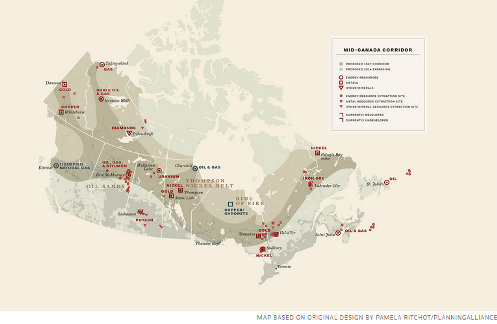The Globe and Mail is Canada’s national newspaper with the second largest broadsheet circulation in the country. It has enormous influence on Canada’s political and business elite.
VANCOUVER — Industry and government officials across the country are reviewing dam design, maintenance and oversight in the wake of a tailings dam breach at Mount Polley mine in B.C., says the head of the Mining Association of Canada (MAC).
“No one in the industry, after this incident, didn’t wake up in the morning and go, ‘I better go check’ – even though they had reams of information and assurances that everything was safe,” MAC president Pierre Gratton said Thursday following an address to the Vancouver Board of Trade. “I think every one of them wanted to go out and get that reassurance again.”
On Aug. 4, a tailings dam at the Mount Polley mine – operated by Vancouver-based Imperial Metals – gave way, sending a torrent of mud and debris into neighbouring waterways and resulting in drinking-water bans in affected areas. Most of those advisories have been lifted, but a do-not-use order remains in effect for the “impact zone,” which includes Hazeltine Creek, Polley Lake and part of Quesnel Lake.
The cause of the breach is unknown and an independent investigation is under way.
The incident rattled the mining sector and raised questions about oversight and regulation of tailings dams in British Columbia and elsewhere in the country. Following the Mount Polley breach, the B.C. government moved the deadline for companies to file annual inspection reports for tailings dams from March 31, 2015, to December 1, 2014, and also ordered those inspections to be independently reviewed.

























